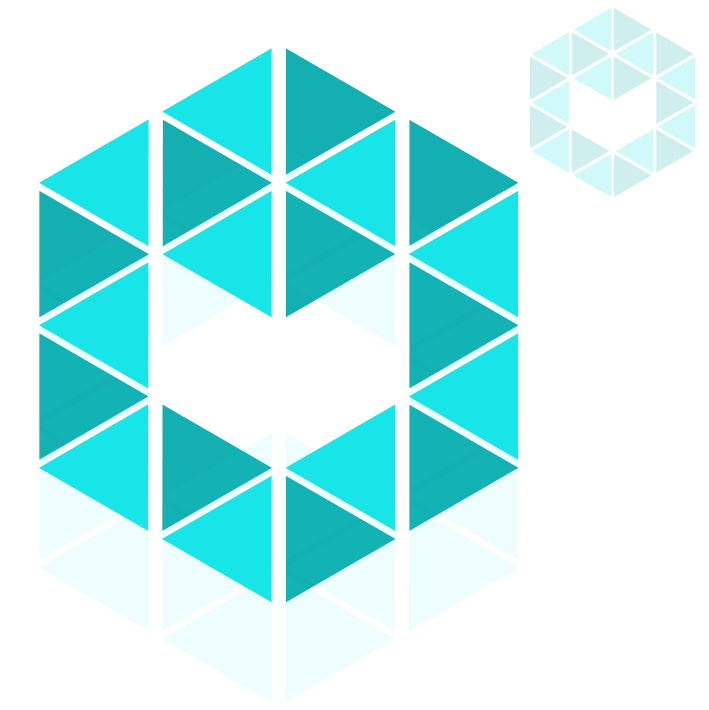Smart Farming takes advantage of modern Information and Communication Technologies (ICT) to simplify and improve agricultural processes. The application of Internet of Things (IoT) in agriculture is basically the utilization of various sensors on a certain distance from each other to allow farmers to monitor everything from livestock breeding to crop cultivation. This modern technique is very helpful for farmers to optimize agricultural processes and make their everyday work easier and more efficient.
In User-Centric Devices in Smart Farming Case (UC1) various data are collected from the installed sensors, capturing the activity and the health condition of livestock, soil status and weather condition. Wearables and sensors make possible for breeders to monitor the condition of livestock by monitoring their health and checking their location. Weather stations are equipped with different sensors that collect information such as weather data and send the information to farmers, providing them a detailed forecast. Stable sensors capture the condition of a stable by measuring the greenhouse gasses such as CO2 and CH4. Moreover, soil sensors monitor the condition of soil by measuring soil temperature and moisture in order to improve the utilization of grazing grounds (grazing management).
One of the major challenges faced in Smart Farming is the integration of various data sources such as different types of IoT sensors and cloud storages, causing confusion to the farmer. TERMINET platform provides the solution by ensuring data integration, so farmers can easily have access and use the information to support the decision-making process. At the same time Federated Learning facilitates access to heterogeneous data even in cases where data sources can communicate only during certain times. The platform not only collects real-time data for monitoring but also incorporates historical data to deploy predictive models with the use of machine learning. In this way it is possible for farmers to prevent possible issues related to the farming processes and improve the final product to meet quality standards based on consumer needs and requirements. Additionally, the introduction of Edge Computing enables low latency by increasing network efficiency with accelerated data processing. As a result, farmers will be able to take timely measures to protect their crops.
